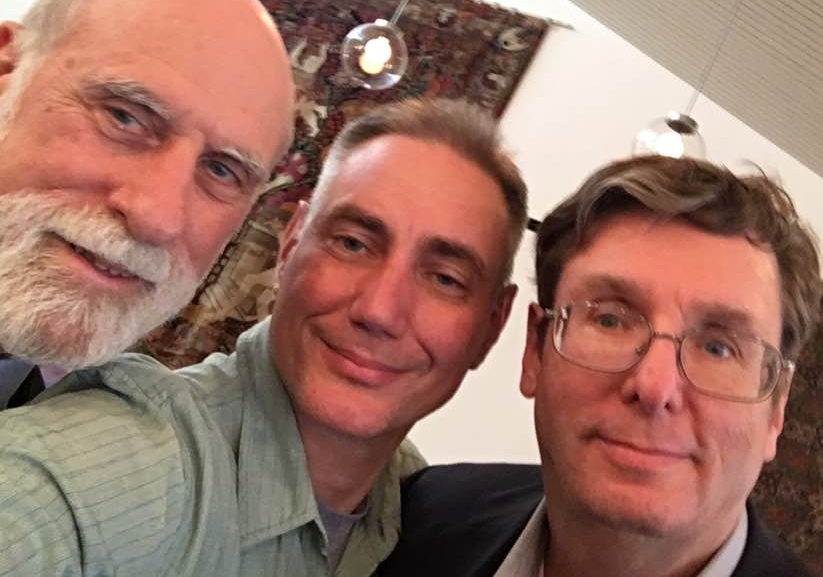Innovation for Jobs: I4J

According to Jim Clifton, CEO of Gallup, “The American workforce has more than 100 million full-time employees. One-third of those employees are … engaged at work. They love their jobs and make their organization and America better every day.
At the other end, 16% of employees are actively disengaged — they are miserable in the workplace and destroy what the most engaged employees build. The remaining 51% of employees are not engaged — they’re just there.”
Imagine a world where even 20% fewer workers are disengaged and 20% more are actively engaged. Today a large fraction of the actively engaged worker’s time is required to just undue the damage from the actively disengaged. Addressing this issue is win-win.
Such a change would have a profound impact on productivity and economic growth across America. It would create hundreds of billions of dollars of new economic value each year while creating millions of new jobs. As importantly, fully engaged workers would lead profoundly more meaningful lives.
We have reported here on the decline of major economic indicators, such as GDP-per-capita growth, and the negative impact these trends have on income and meaningful job growth. In addition, an automation tsunami is advancing that will further disrupt the workforce and require new worker skills. These issues are major social problems to be addressed.
The annual “Innovation for Jobs” (I4J) conference was held yesterday (March 2nd 2017) at SRI in Menlo Park. It is a highly productive, engaging meeting. Only short “lightning” talks are given. Throughout, multidisciplinary groups are formed to first discuss and then share ideas.
The meeting is organized and run by David Nordfors (founder of I4J) and Vint Cerf (one of the “fathers” of the Internet and now at Google). The I4J group is working on ways to engage workers more meaningfully and productively. I4J looks at the issues comprehensively by considering government policies, better matching of talent, learning of new, critical skills, and unlocking the potential of people with special abilities who are often excluded, such as people with autism. Nordfors calls these special skills “coolabilities.” In the right setting, workers with coolabilities can be impressive performers.
Over the past few years interest in these issues has intensified. There are now a host of online services to better match workers and employers, provide real-time training of workers, allow credentialing of proven competencies, develop new management practices, improve innovative performance in companies, and train students at every level in value creation.
Gallup has shown that the waste due to the worker-employer mismatch is huge, worth trillions of dollars each year worldwide. This mismatch needs to be “uberized.” Today we are not remotely there, but I4J has shown the increasing importance of these societal needs and the surprising breadth of new, initiative companies being created to address these needs. Solutions will become significantly better. The same core artificial intelligence and communications technologies driving automation will also help address the inefficiencies of our growing worker-employer mismatch.
The issue is whether our efforts to address these issues can keep up with the rate and magnitude of the changes coming? In an exponentially changing world our solutions must be exponential too. Since people don’t change exponentially, the solutions must come from somewhere else. This is one of the grand challenge problems of our times.